
No matter how many times you tell your child not to touch a lit stove—no matter how many times you say, “Be careful, baby. That’s hot. H-O-T, hot!”—he’s probably still going to touch it.
It’s not because he doesn’t trust you. He’s got no reason not to trust you.
But there are some things you can’t believe until you’ve experienced them firsthand. That’s why I registered to race this year’s Marji Gesick.
“The what?” Exactly.
The Marji Gesick is an endurance mountain bike race held each September in Michigan’s Upper Peninsula. With more than 12,000 feet of climbing over 100 miles of singletrack, its elevation profile is similar to that of the iconic Leadville Trail 100 (minus the 10,000-foot start). And many of those who’ve completed it say it’s a hell of a lot harder.
In 2017, just 9 of 280 riders beat the 12-hour cutoff to earn themselves a commemorative belt buckle from local blacksmith Gordon Gearhart. Jeremiah Bishop of the Topeak-Ergon Racing Team took the winner’s $1 cash prize. More than 60% of riders didn’t finish.

Just one year prior, mountain biking legend Tinker Juarez took the podium’s top spot, saying later, “I cherish this buckle above all my other buckles that I won in my racing career.” That’s a racing career that includes everything from two summer Olympic games to dozens of 1st place finishes in 24-hour races around the globe.
If you’re like me, you’d never heard of the Marji Gesick before.
And if you’re like me, and you come across something unfamiliar that you can’t quite believe, then you can’t help but dig a little deeper. Here’s what I found:
Now a part of the National Ultra Endurance Series, the Marji Gesick began in 2015, and in its fourth year, I’ll line up alongside 665 other racers.
(Did you catch that? This year, the Marji Gesick admitted 666 racers. Details like that make it clear what kind of event the race staff wants it to be.)
In an interview published on Salsa Cycles’ website just weeks before the 2017 race, Race Director Todd Poquette said that the goal of the course was simple: “Link every major trail system in Marquette County to create a one-day mega event of suffering and self-exploration.”
But the suffering and self-exploration have roots in the very history of the land the race is run on.
According to the Iron Ore Heritage Trail website, Philo Marshall Everett knew nothing of mining or the ruggedness of the land when he and his business partners left Jackson, Michigan, to hunt for riches in the U.P. with his newly-formed Jackson Mining Company.
Upon arriving, he met the Chippewa Chief Marji Gesick—or as this paper says, Matji-gijig (which translates appropriately to “Bad Day”)—who led them to the enormous iron deposit that would become the Lake Superior region’s first claim. That claim—now beneath the city of Negaunee—features prominently in the final 40-some miles of the race.
Even if I head home on September 24th having learned nothing about myself (unlikely), the Marji Gesick will have taught me a thing or two about the history of the place I called home for so long.
I was born and raised in Michigan’s Lower Peninsula, where, I’ll say it, outstanding singletrack trails are few and far between—especially as I compare them now to the hundreds of trails on Colorado’s Front Range just outside my door.
But the more I learn about mountain biking, the more I learn about races like the Marji Gesick, the more I look forward to being shown I don’t know Michigan at all.
I am Jack’s curious child, hand outstretched, about to be burnt.





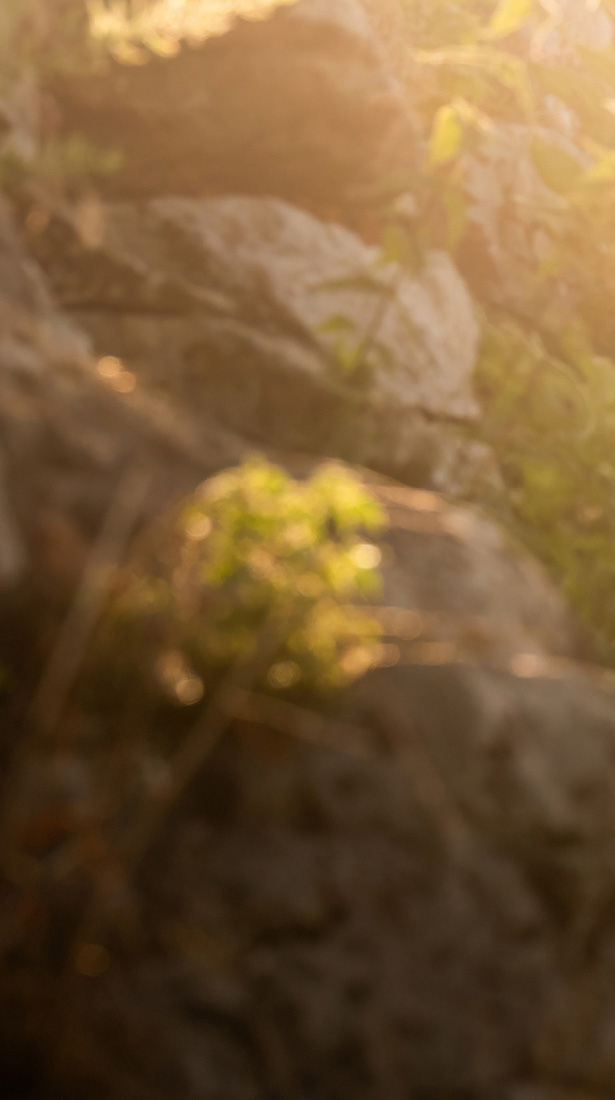
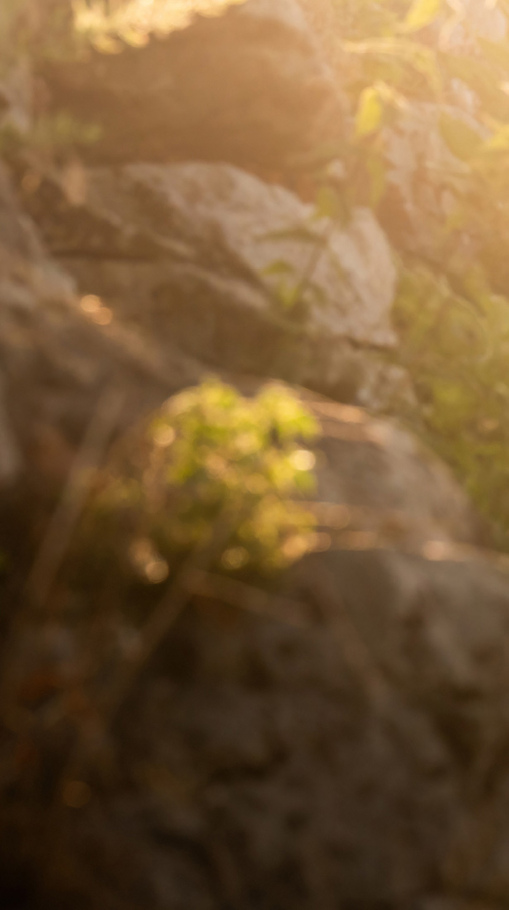
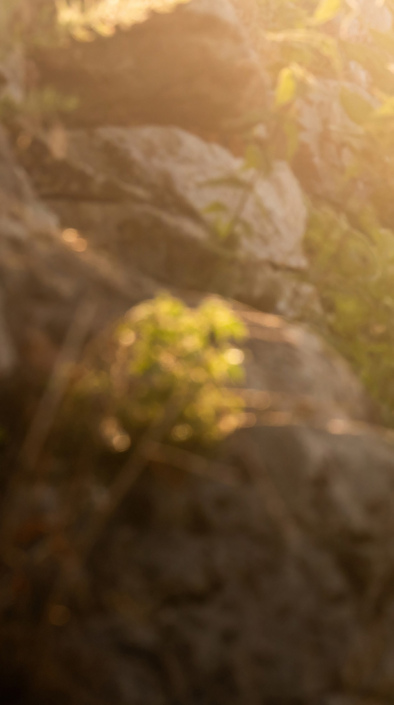


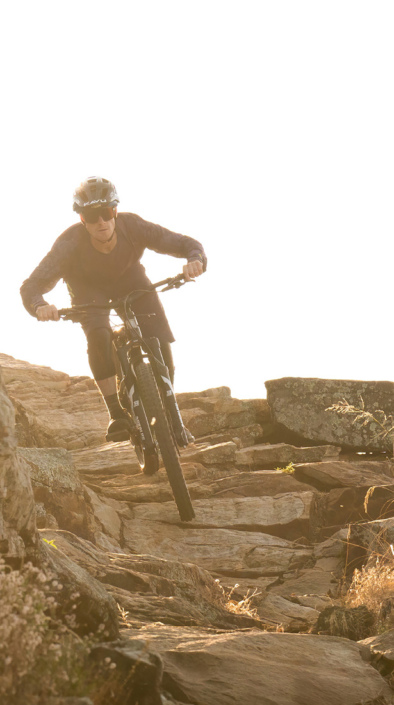



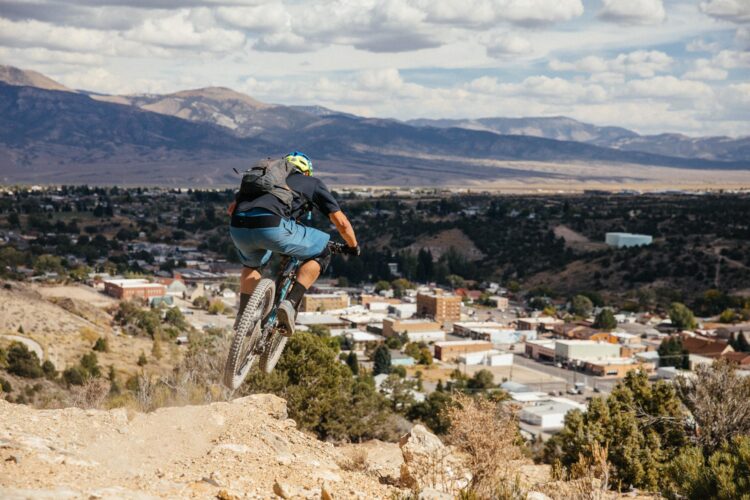
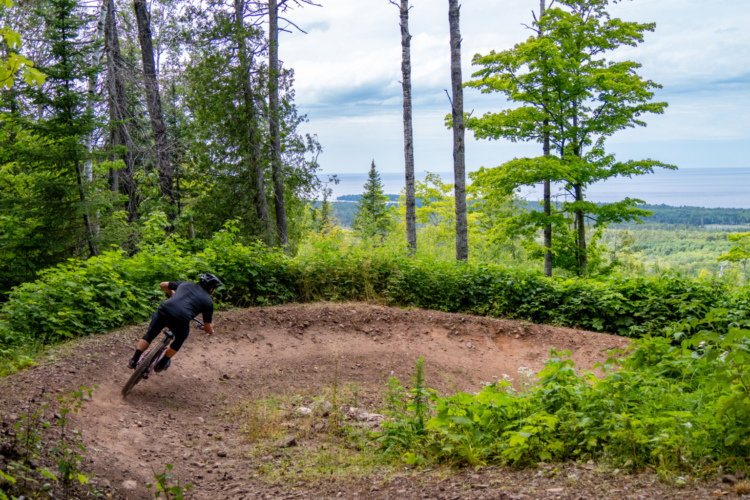
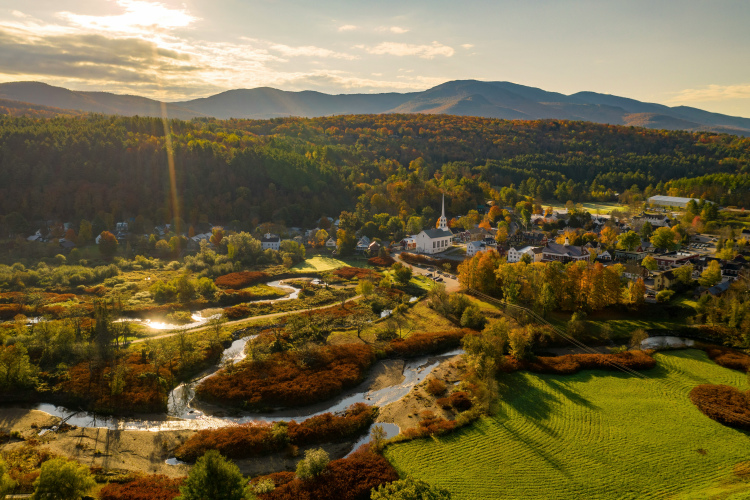
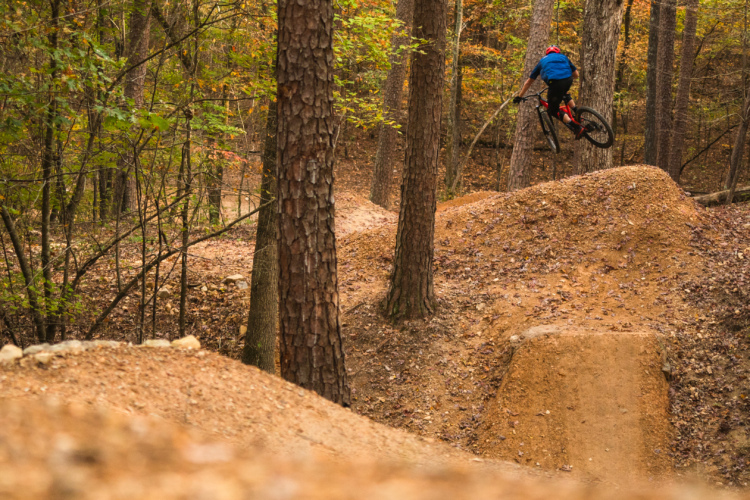
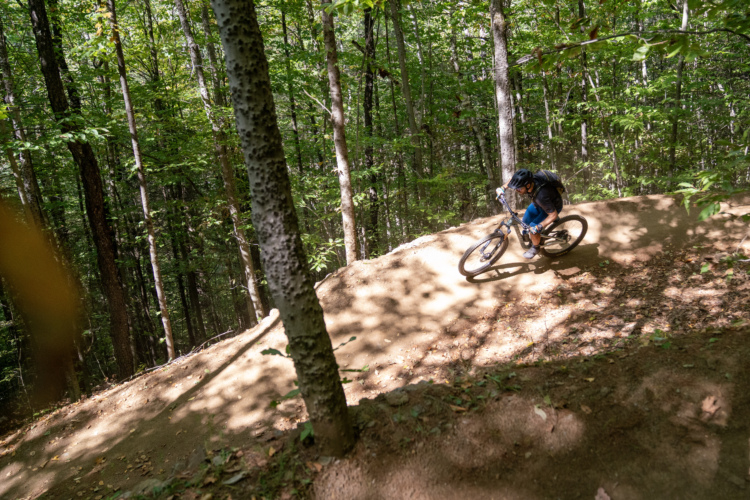
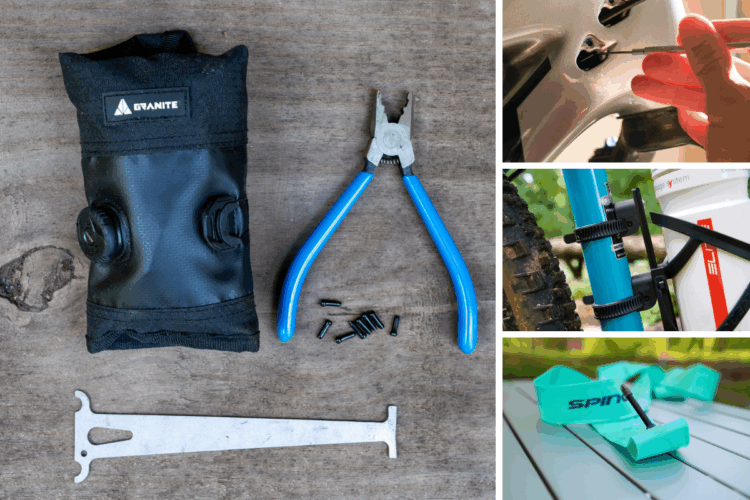

3 Comments
Feb 1, 2018
Jan 31, 2018
Jul 5, 2018